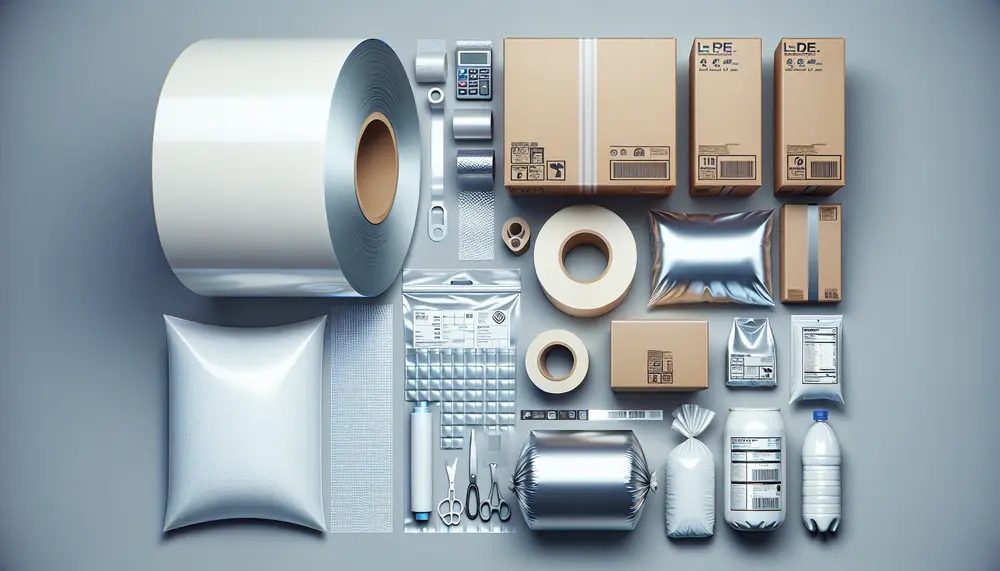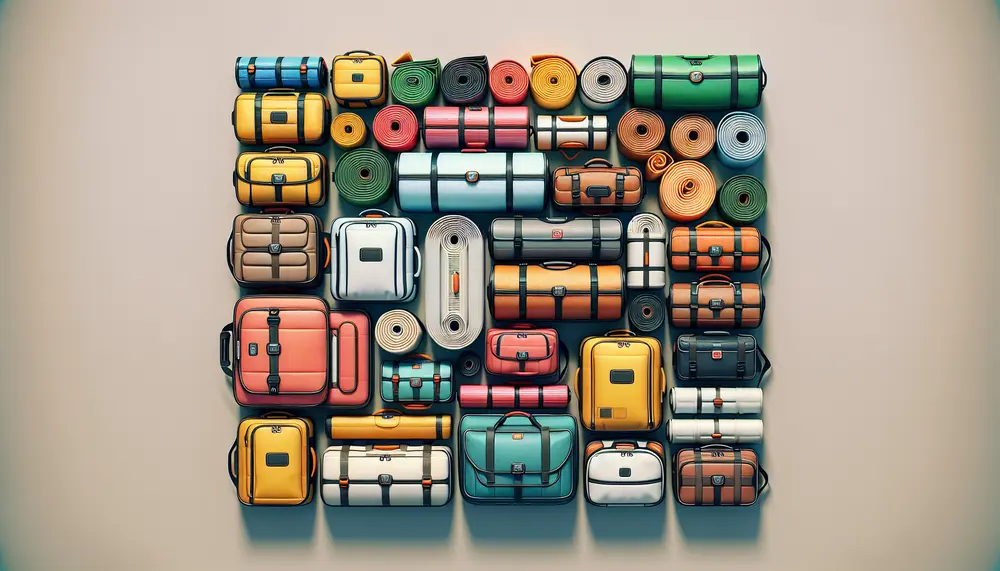Posts on the Topic Recyclability
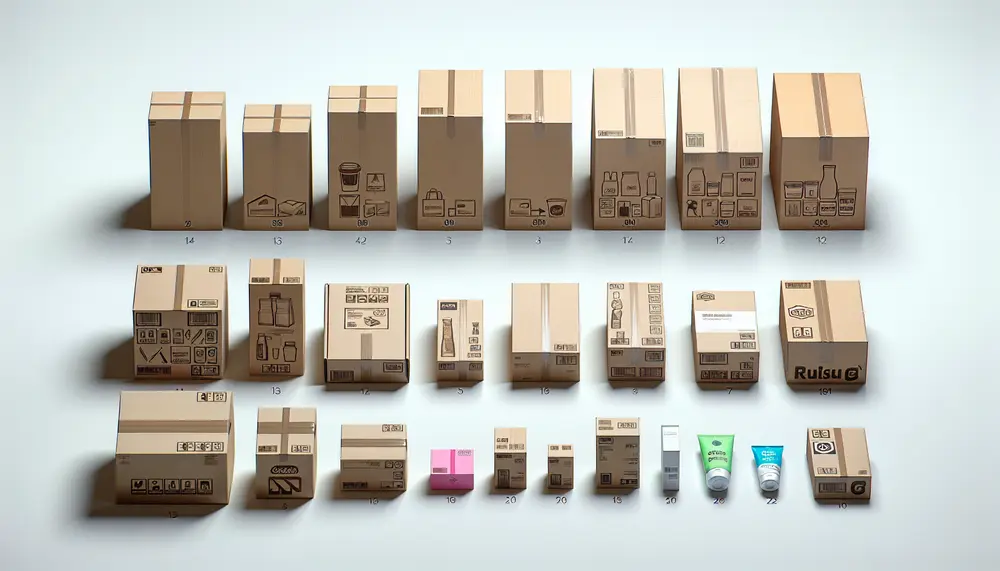
Product packaging is essential for protection, marketing, and providing consumer information; it influences brand perception and purchase decisions through design elements like color schemes. The design process involves research, feedback, prototyping, and technical considerations to ensure functionality and appeal. Choosing packaging...
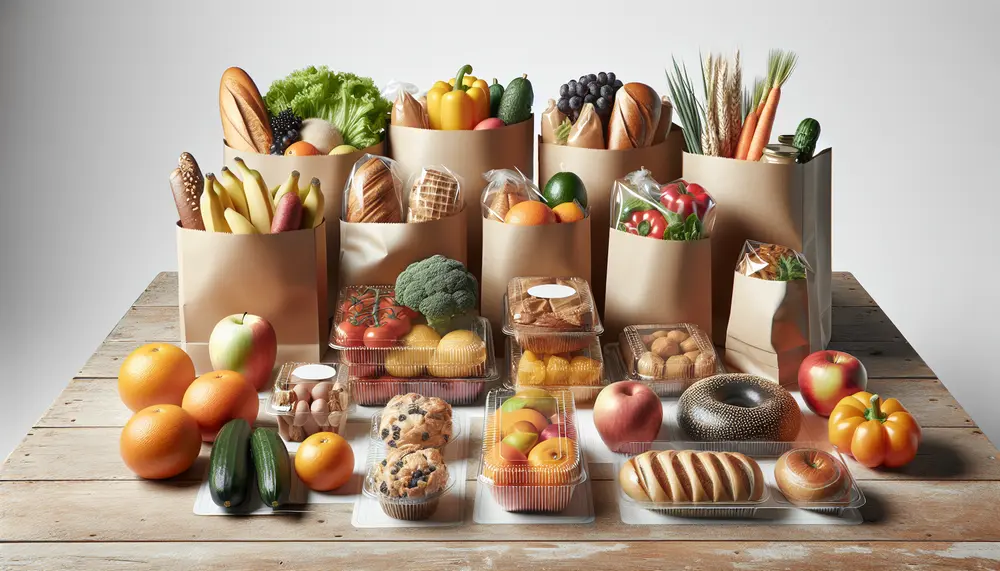
Packaging is critical for food safety and freshness, providing a barrier against contaminants and extending shelf life through innovations like modified atmosphere packaging. It also protects from physical damage during distribution, playing an essential role in preventing foodborne illness. Choosing the...
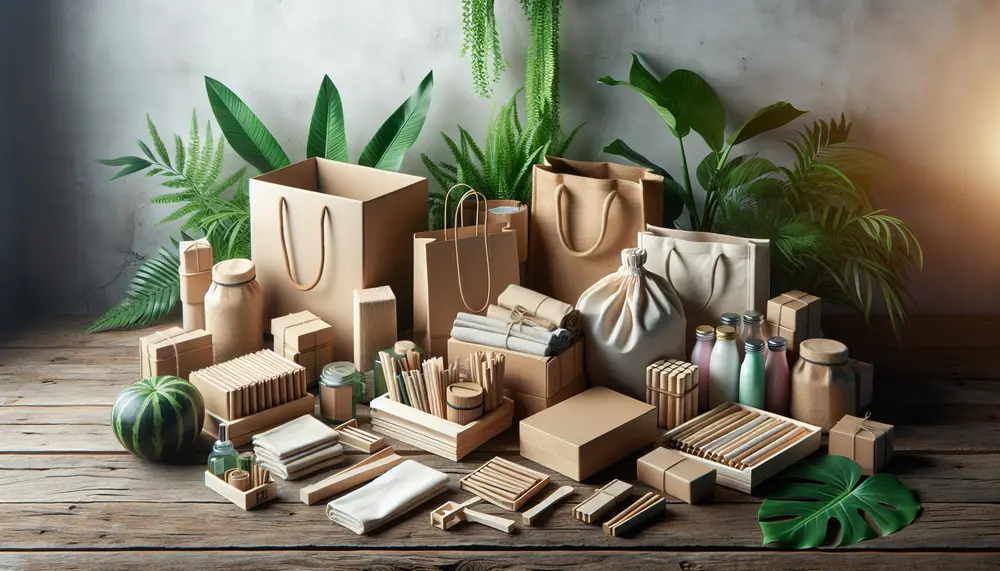
Packaging choices significantly affect the environment, contributing to pollution and resource depletion due to non-biodegradable waste and high carbon footprints. The rise of eco-friendly packaging solutions like bioplastics and recycled materials reflects a shift towards sustainability in response to environmental...

Chocolate packaging design is crucial for brand image, consumer appeal, and product protection; it combines aesthetics with functionality to enhance the chocolate experience. Sustainable luxury in chocolate packaging balances environmental responsibility with maintaining a premium feel, as brands adopt recyclable...

Plastic cutlery has become popular due to its convenience, improved aesthetics, and cost-effectiveness for various events. Environmental concerns have led to innovations like biodegradable options and recycling efforts in the industry. Choosing quality plastic cutlery involves considering durability, style appropriate for...
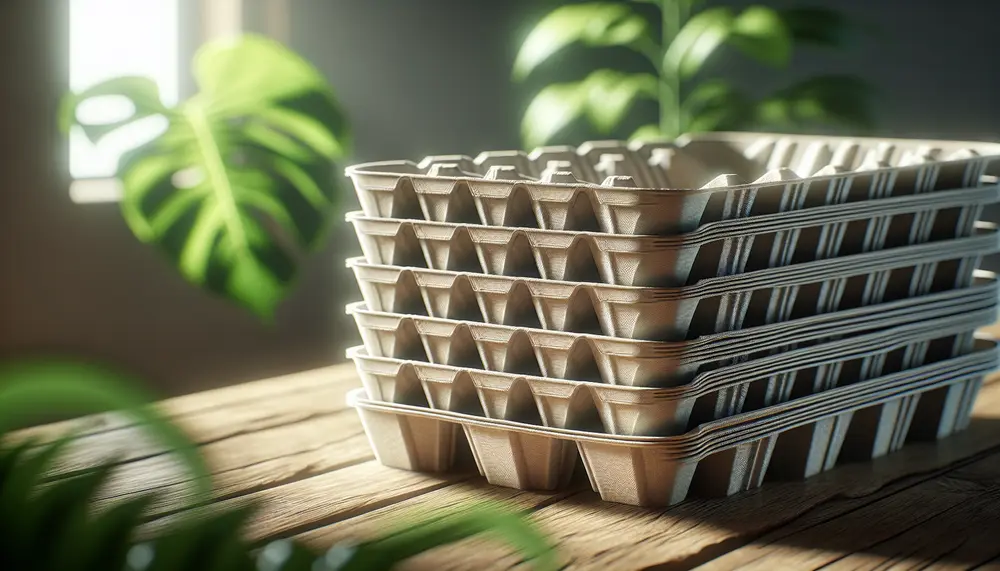
Paper trays are an eco-friendly alternative to traditional serving materials, being biodegradable and often produced from sustainably managed forests, which reduces waste in landfills and has a lower carbon footprint. They support circular economy principles by encouraging recycling and responsible...
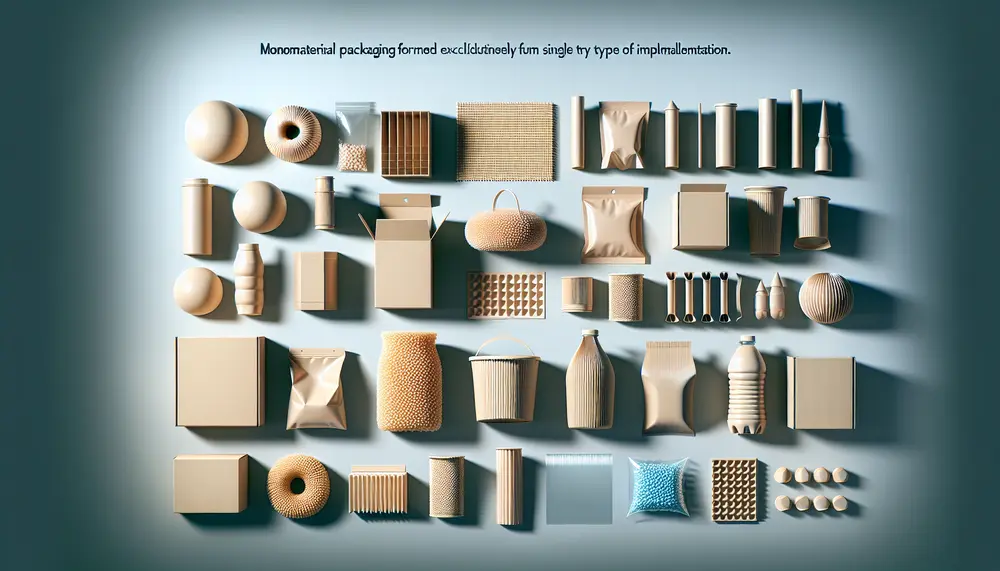
Monomaterial packaging, made from a single material for improved recyclability and production efficiency, faces challenges in maintaining product protection while research continues to develop suitable materials. The shift towards monomaterials aids the environment by reducing carbon footprints and waste, streamlining...

HDPE cutouts, made from High-Density Polyethylene, offer benefits like impact resistance and moisture repellence for packaging and products in various industries due to their strength and versatility. They are customizable, easy to maintain, environmentally friendly through recyclability, thermally stable with...

HDPE packaging is valued for its durability, lightweight nature, and resistance to environmental factors. It's versatile in shape and size customization, cost-effective during transport due to its light weight, and environmentally friendly as it's 100% recyclable. High-density polyethylene (HDPE) is a...
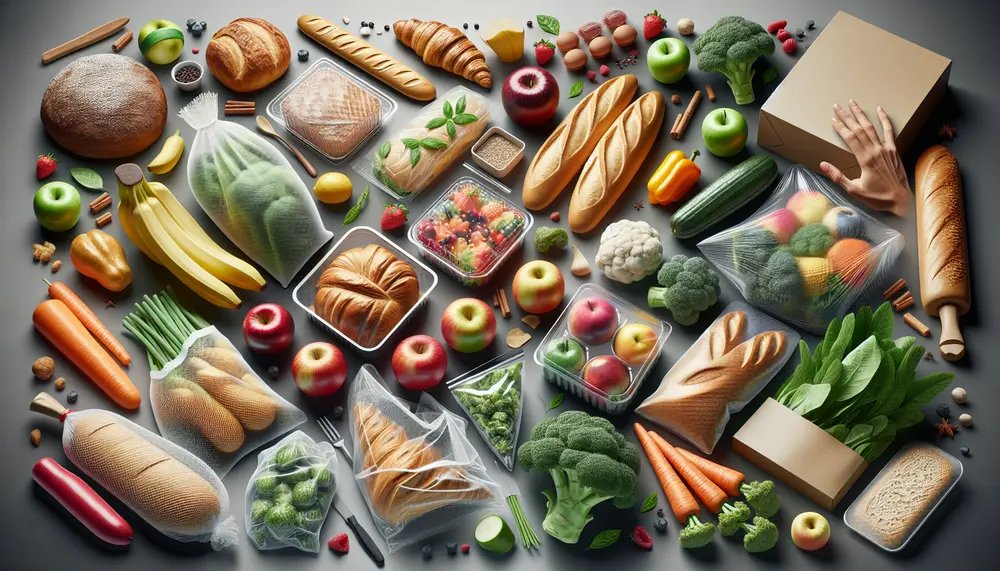
Food packaging is essential for protecting food, extending shelf life, and maintaining quality from production to consumption. It must meet safety standards, provide consumer information, facilitate transportation, enhance marketability, and support sustainability efforts. Innovative food packaging solutions address demands for convenience...
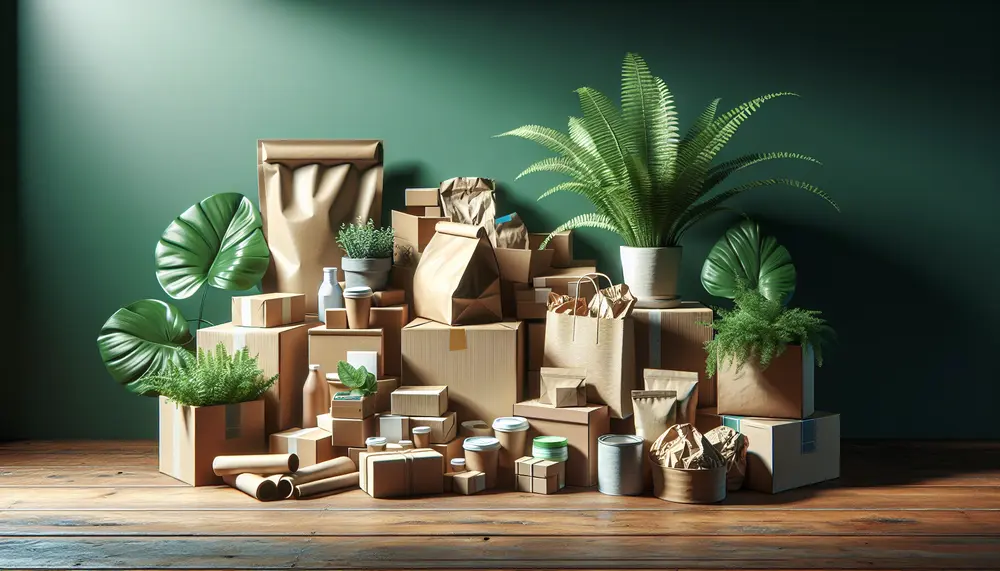
Sustainable packaging minimizes environmental impact through eco-friendly, efficient, and recyclable materials. It addresses pollution concerns, meets consumer demands for green practices, and provides competitive advantages to companies. The evolution of eco-friendly packaging has progressed from reducing material use to introducing biodegradable...

Hygiene packaging is crucial for protecting public health by preventing contamination of products like sanitizers and wipes, while also needing to be visually appealing and informative. Effective hygiene packaging features barrier protection, seal integrity, resealable closures, tamper-evidence, ergonomic design, and...
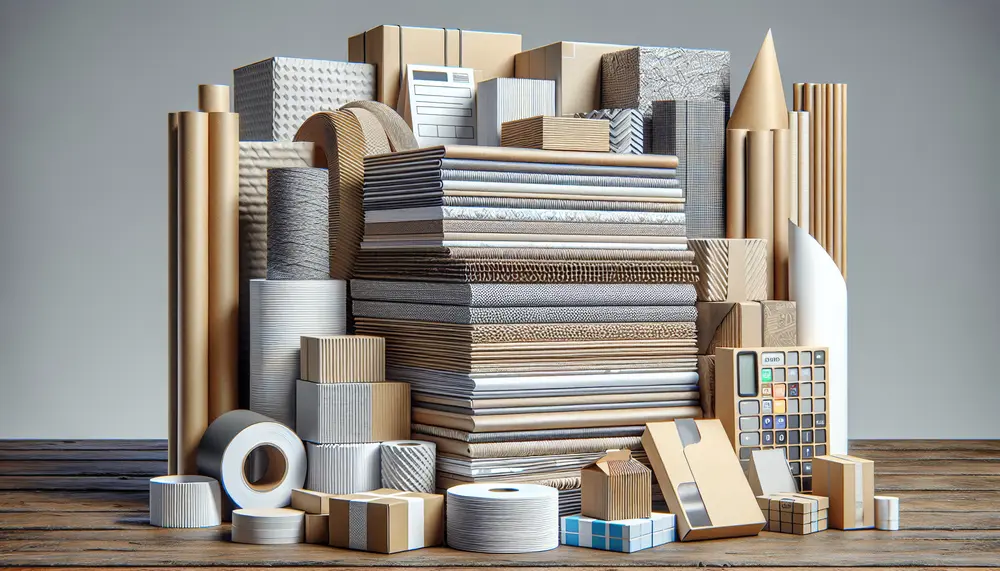
Duplex paper is a two-layered packaging material known for its printability and structural integrity, widely used across industries due to its visual appeal and sturdiness. It's also eco-friendly, being recyclable and often made from sustainable sources. Advancements in duplex paper manufacturing...
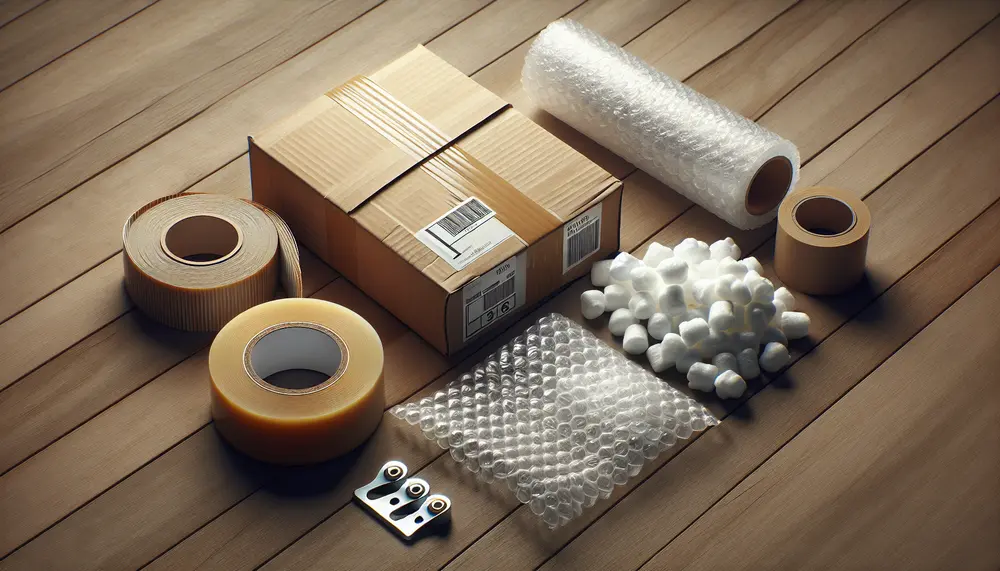
Packaging materials are essential for product protection, information dissemination, and marketing; material selection is based on factors like durability and sustainability. Plastic packaging offers versatility but faces environmental concerns, glass provides purity and recyclability, metal ensures strength and long-term preservation...
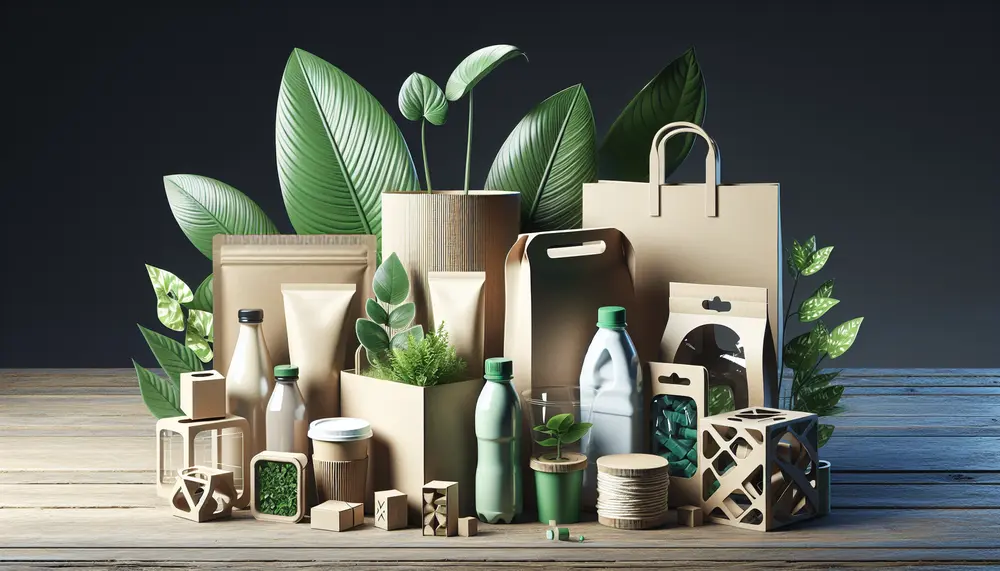
The Sustainability Awards for Packaging in Europe highlight innovative sustainable packaging solutions, emphasizing the industry's shift towards environmental responsibility as a core value. Winners are chosen based on comprehensive criteria that assess material efficiency, design for recycling, innovation, life cycle...

Sustainability in the packaging industry focuses on reducing environmental impact through a circular economy, optimizing supply chains, and aligning with consumer values for eco-friendly products. The industry faces challenges like waste accumulation and energy-intensive production but is shifting towards sustainable...
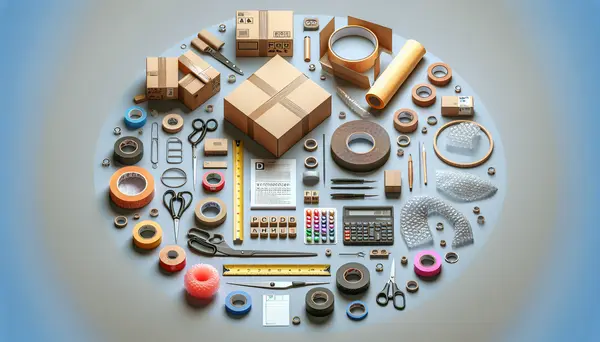
Packaging design is a process of creating exterior product protection and communication tool that encapsulate a brand's identity, conveys essential information about the product, and influences consumer purchasing decisions. Designers should prioritize clarity and simplicity, emphasize originality, ensure functionality, design...




